Tech Talk: Get More Power Out of your Off-grid System with Single Voltage Conversion
In many off-grid solar and other alternative power setups, the 12 Volt to Standard Household Voltage Inverter can be a very useful item when it comes to powering larger voltage appliances. Fridges, freezers, washers, dryers, game consoles, bread machines, and many more appliances and tools are more readily available using the standard household voltage level.
Inverters have a 3% to 50% energy loss, depending how close the wattage being used is to the rated wattage of the inverter. If the wattage is smaller, the energy loss will be larger. A household size 3,000 watt inverter uses around 20 watts just for being turned on, a 300 watt laptop charging size inverter uses about 5 watts.
The picture below is of a typical 19 Volt laptop charger.
This is where double voltage conversion takes place. Energy is lost when the 12 Volt battery power is inverted to household voltage levels, then again when converted from household voltage down to the 19 volts for the laptop. Whenever this double voltage inversion is avoided, the energy is not wasted by the inverter in the middle. The picture below is of a Step Up Boost Converter.
This Step Up Boost Converter will take a voltage from 3 to 35 volts and convert it to any voltage you need between 3.5 and 35 volts. You can see I have the above converter set to 19 volts for the laptop. The converter has output wire posts to attach the DC wire that plugs into the laptop.
Above is a picture of the back of a 19" LCD TV. You can see that this device required 12 volts. You can also see the DC plug, plugged into TV at the bottom of the picture. Pictured below is the Step Up Boost Converter set to output 12 volts.
The first thought might be to directly hookup the DC plug to the 12 volt battery bank, but this could damage sensitive electronics in the TV. The voltage of my 12 volt battery bank ranges anywhere from 11.5 volts when getting low in power, up to 16 volts when fully charged and the panels are receiving full sunlight. The converter will consistently supply the requested output voltage regardless of the voltage input fluctuating.
There are many appliances, pumps, LED light bulbs, and tools that are 12 volt direct to the battery bank ready. Boats and Campers often have 12 volt battery banks, this may help you find hard-to-find 12 volt appliances to run direct, saving you from having any conversion/inversion battery output power loss.
USB car charging adapters are another great way to practice Single Conversion. Many USB chargeable chargeable devices these days require 2.4 amps to charge, be sure to to select the right charging adapter for your needs.
If you would like to learn more about off-grid solar systems, this previous post may be helpful:
https://steemit.com/homesteading/@jackdub/my-solar-powered-cabin-setup
Stay tuned for more off-grid living tips.
Have a great day!
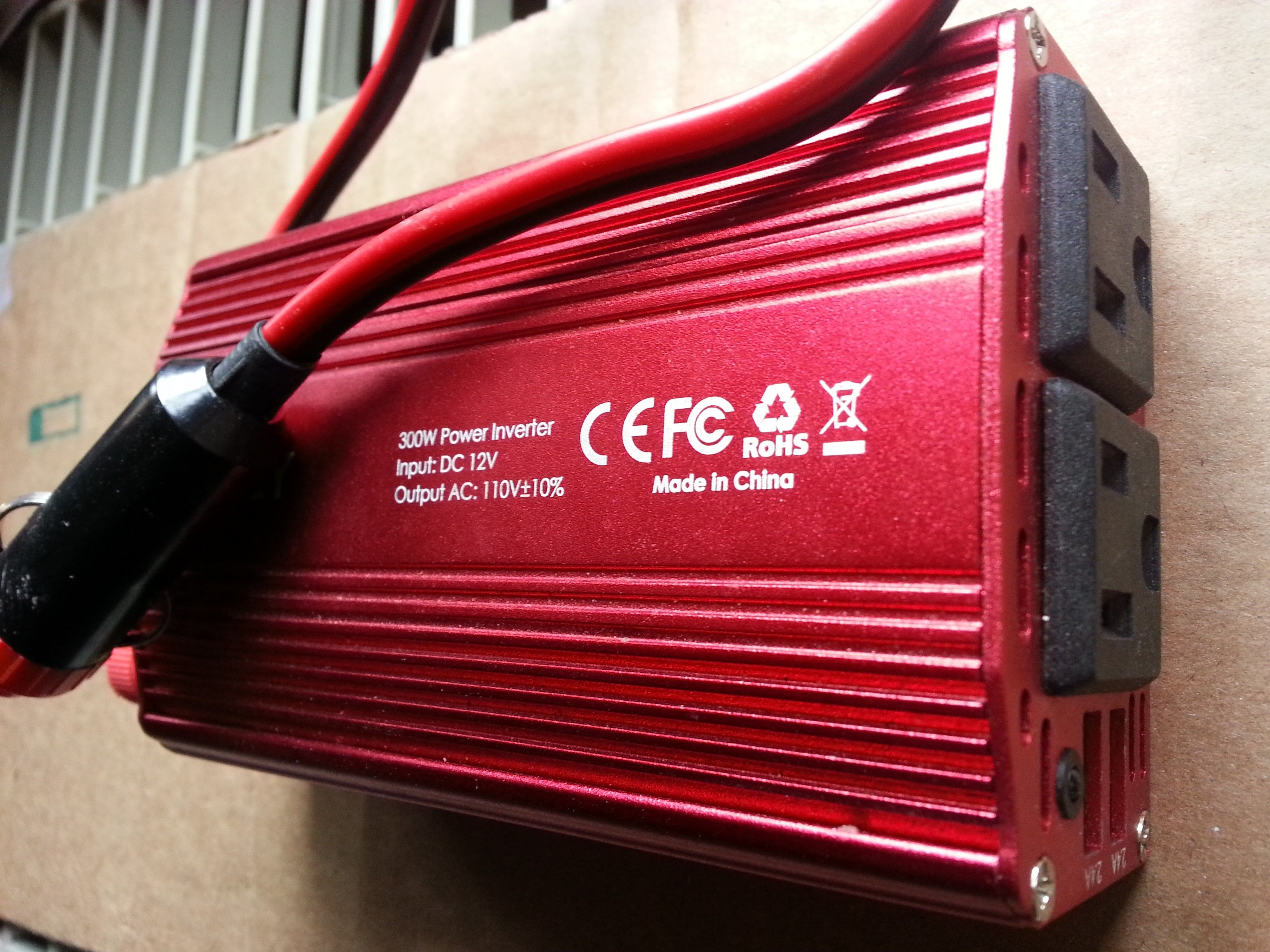
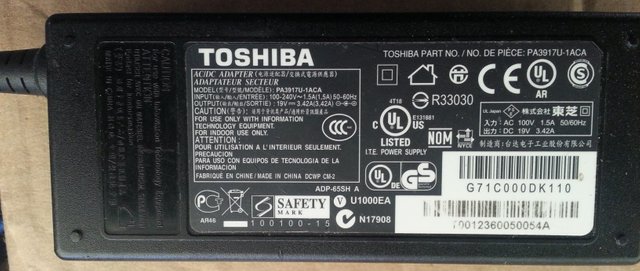
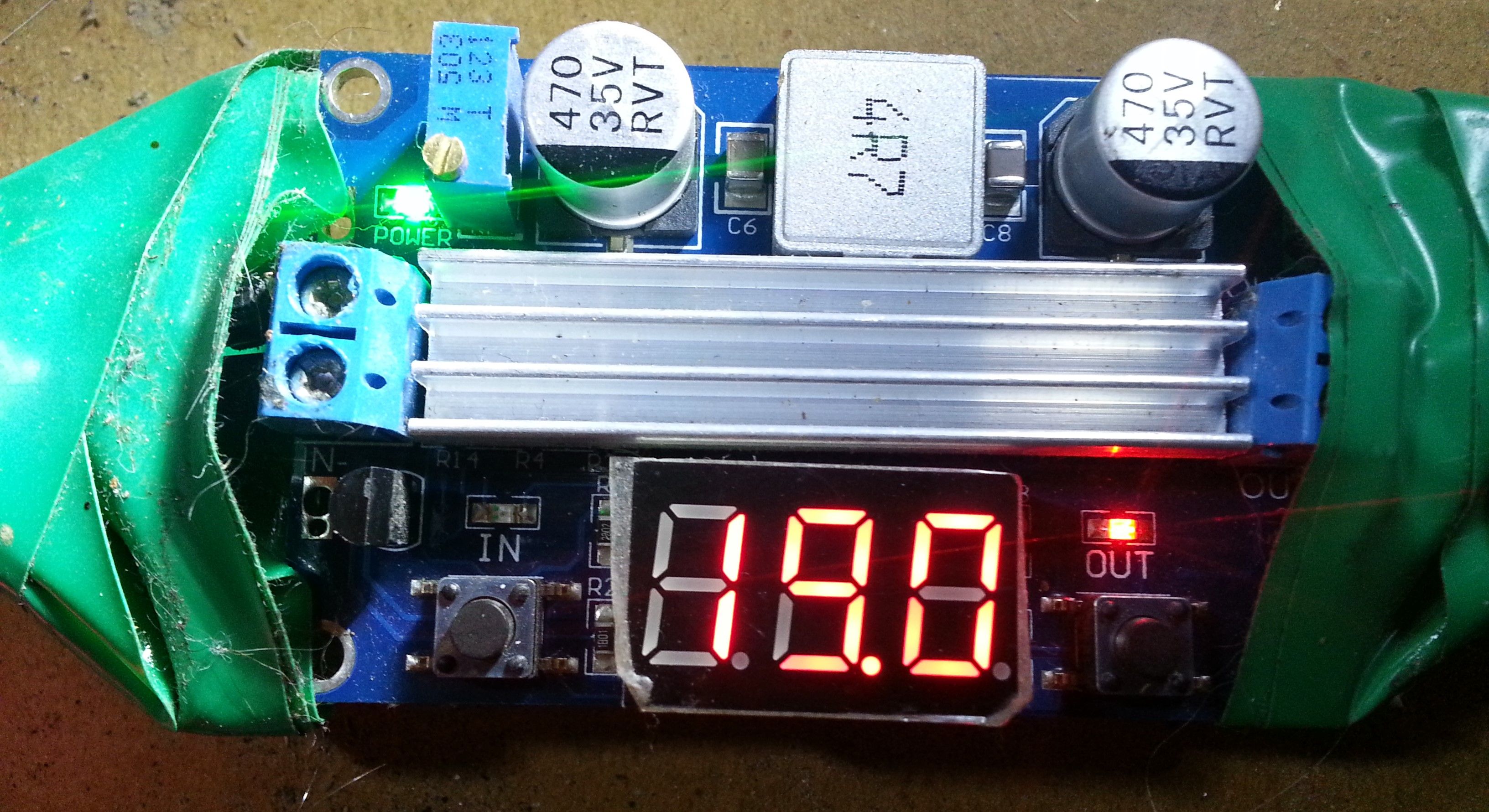
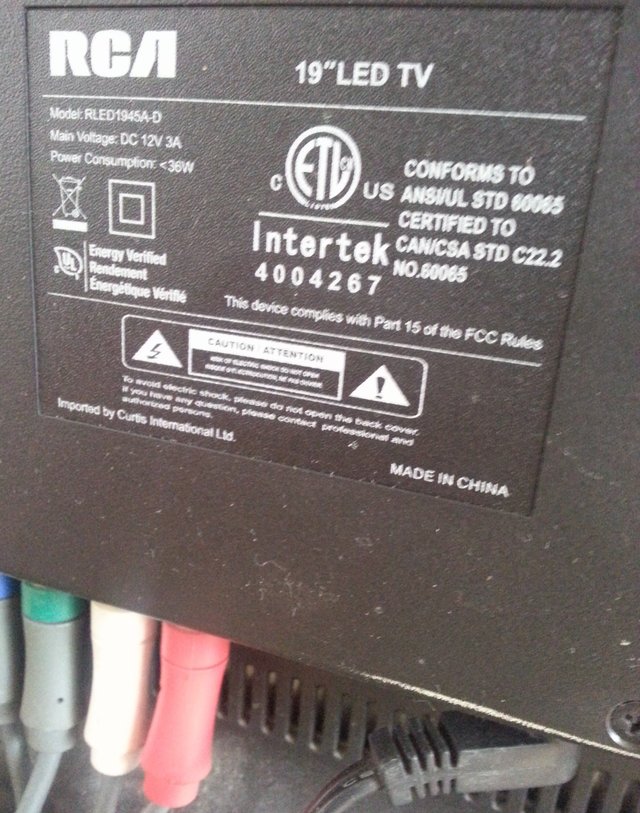
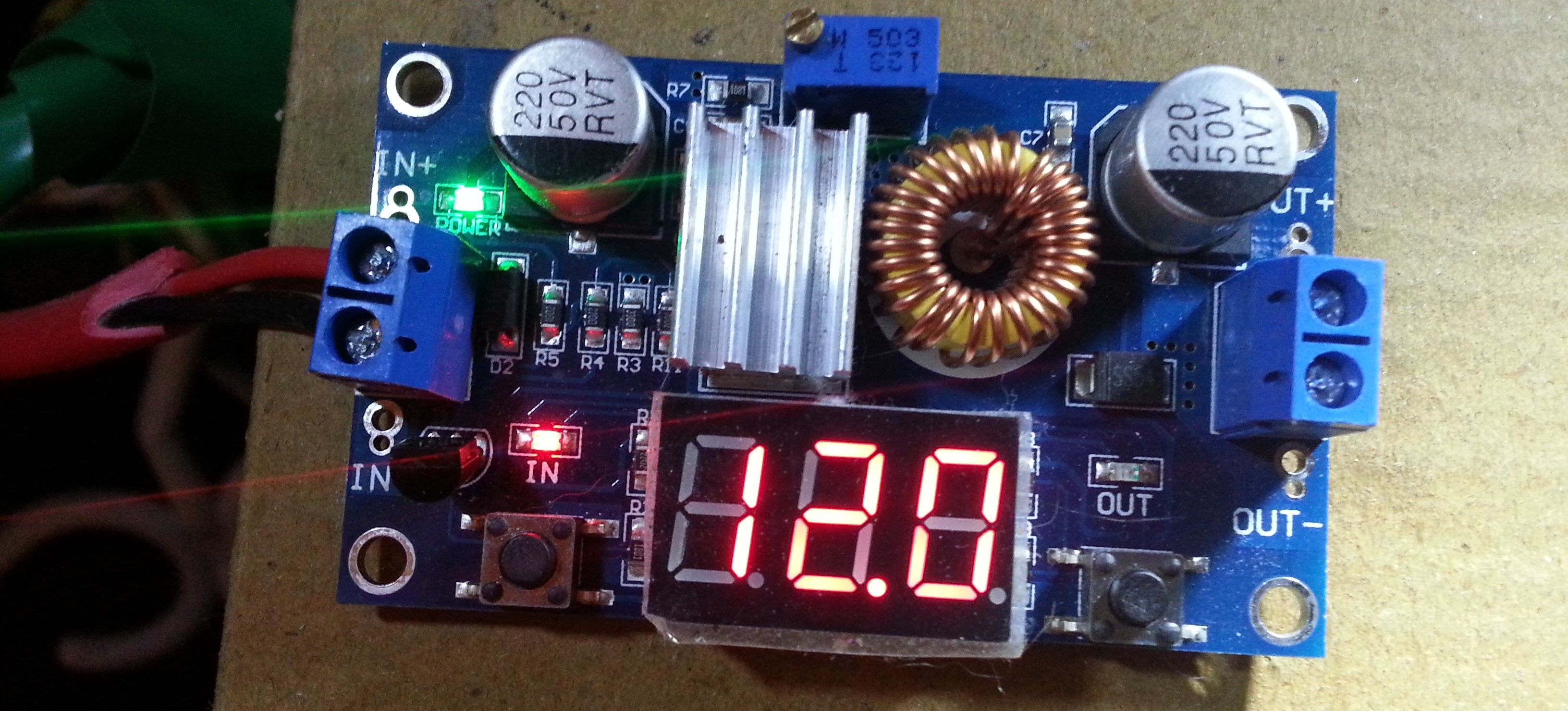
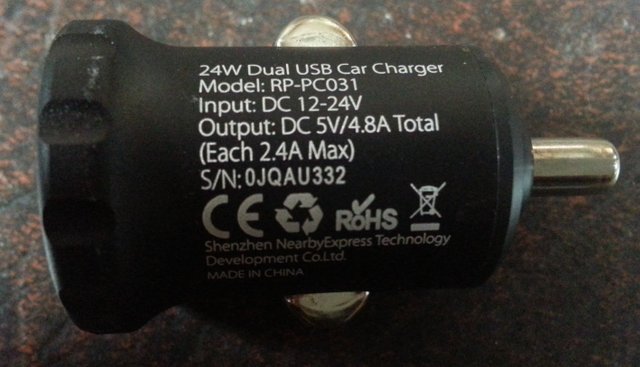
Yeah, the inverters like you say are at LEAST 20W in consumption, most i have seen are at around the 40W mark... And its the Combi/charger ones that are the most inneficient and power hungry..
I have a dual system, so can switch between 12v /240v AC. Its a mater of requirements and ensuring folk build their systems as efficient as possible... I would say to people - Do your Power Audit then scope out and efficient system.
A huge part of going off-grid for me was finding ways to scale back my electricity usage. Power Audits are very important. Refrigeration I found was the biggest hurdle to get over as far as off-grid homesteads go. I agree, my numbers for Inverter wattage usage are at the low end, definitely important to get quality components. Thanks for your input @preppervetuk :)
I wish I would have learned more about solar when we were relying on it. I just didn't have time with everything else going on. I always bugged the crap out of me to use the converter to charge my laptop when I new the laptop ran on DC, but I wasn't sure what to do about it. Thanks
No problem. It took me a while to find these little converters. Along the way I burnt out the hdmi on a couple little TVs lol. Luckily I have a hdmi to computer monitor in on the TV, seperate adapter, so I was still able to use the TVs for hdmi. I was super busy just with the landscaping, i eventually had to slow things fown in the hot summer, I was exhausted, always stuff to do on the homestead (especially when first getting setup) :D
Excellent post!!! DC to AC conversion and step-up / step-down losses add up quickly.
I'm considering having a dedicated 12 volt branch circuit in my cabin for lighting and small charging needs. I figure anything that can be accomplished outside the inverter will improve efficientcy overall. All thoughts appreciated!
It's so easy when seeing friendly looking wall sockets on an inverter to just plug anything into them, but sometimes there is a better way. I'm sure you know larger guage wire would be best for the 12 volt circuit, it doesnt travel long distances as well as 120 volt. Most cabins aren't too big for a 12 volt circuit run. Let me know if you have any questions. Thanks :)
Interesting, thank you.